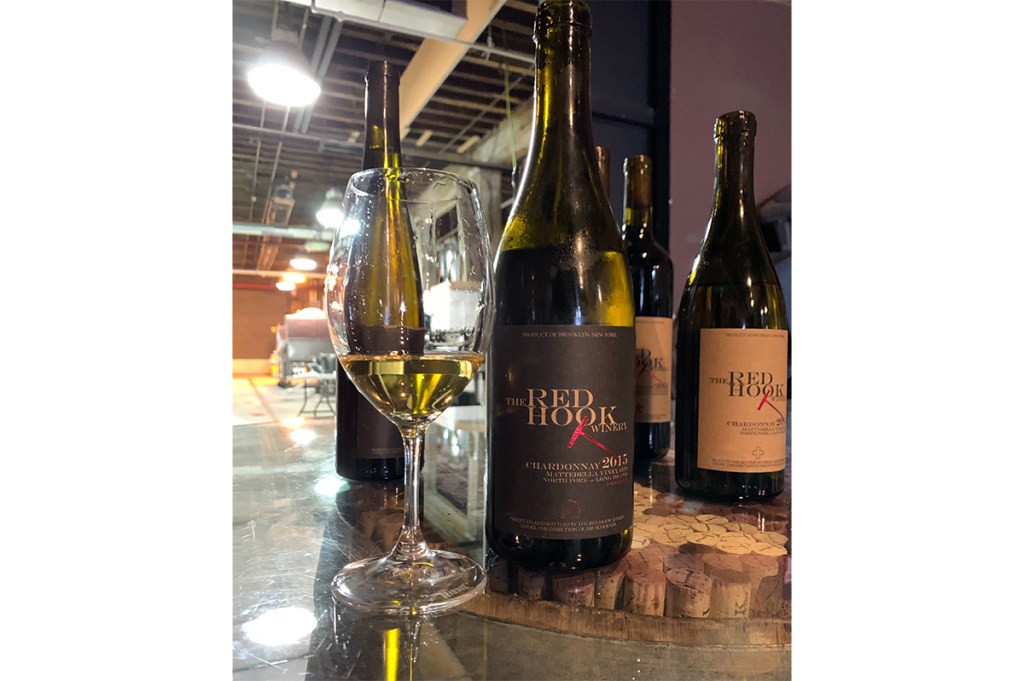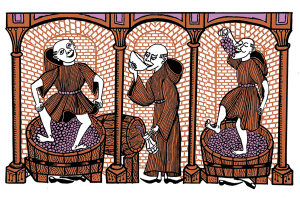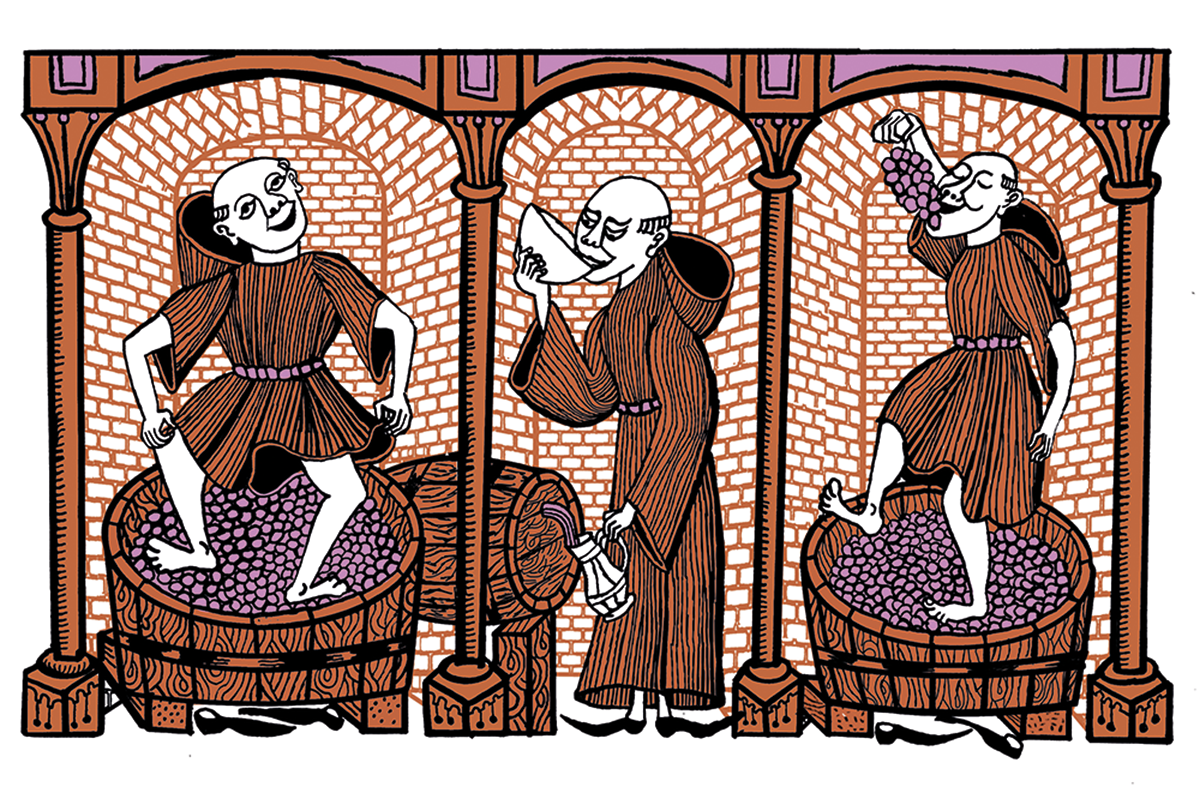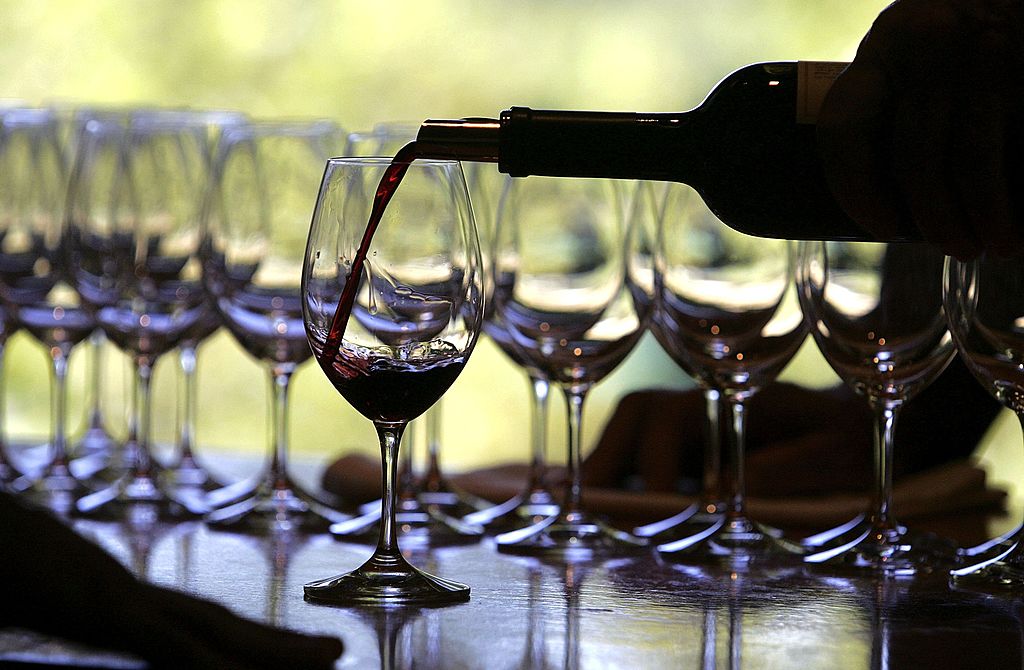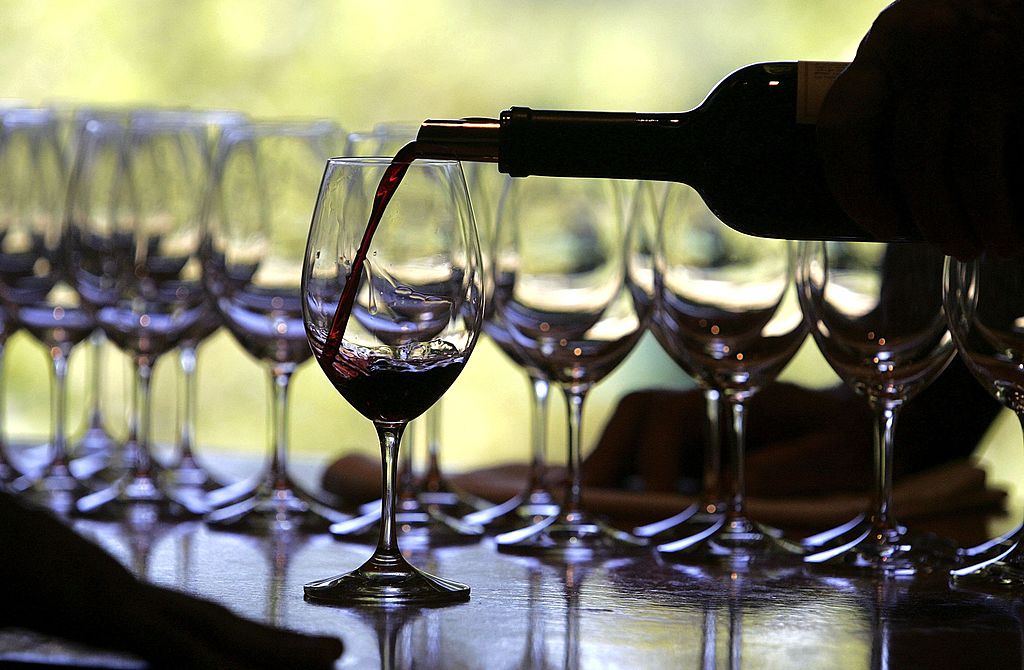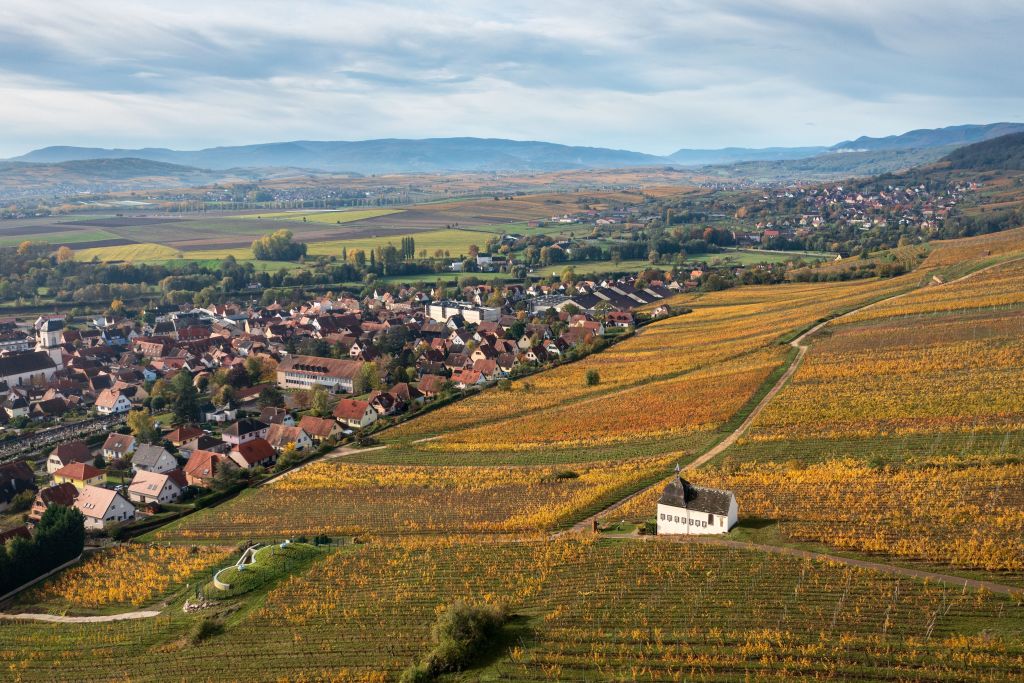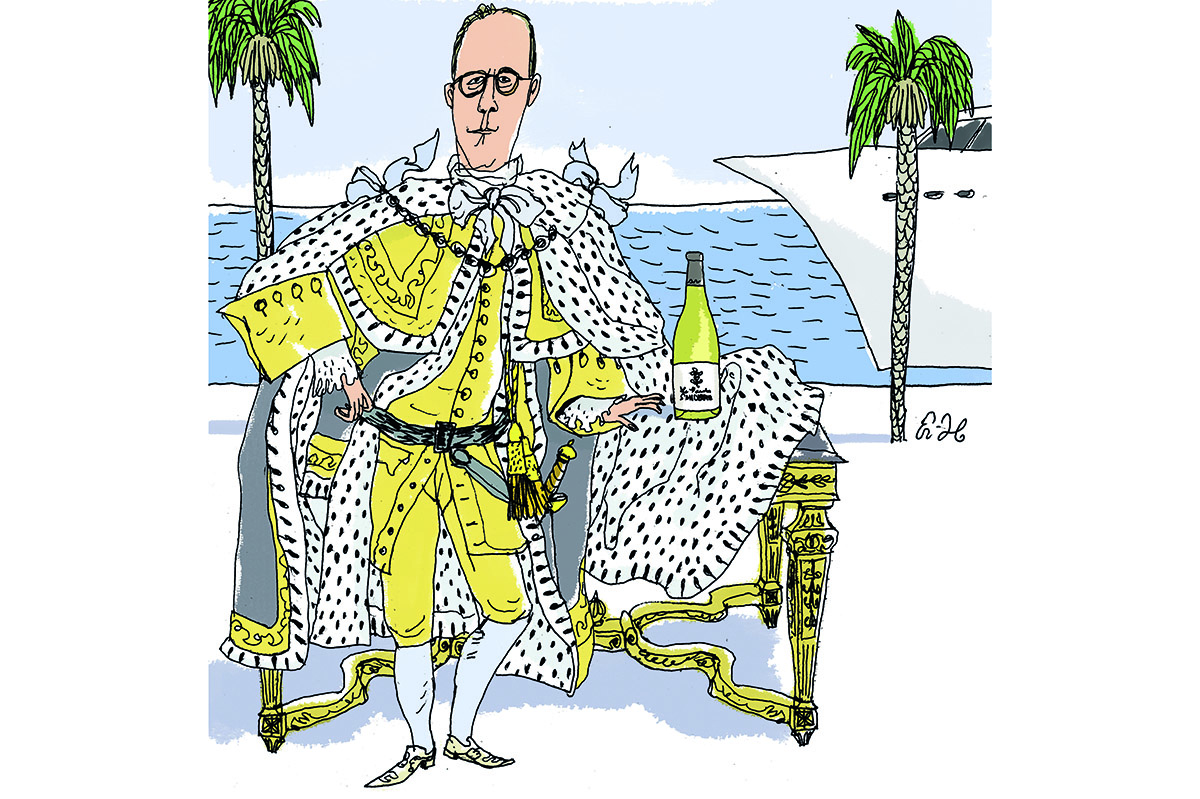Close your eyes and think about the word ‘winery’. What image comes to mind? I’m guessing you will say, ‘A large stone pile from the 17th century or before surrounded by lovingly tended gardens and row after row of neatly staked vines.’
That is not wrong, but it is incomplete. There are plenty of wineries in France and elsewhere that feature modernist architecture. And there is one in Brooklyn, New York at 175 Van Dyke Street, towards the end of Pier 41 at the old Navy Yard. With a spectacular view of the Statue of Liberty and the New Jersey waterfront, Red Hook Winery — a retail tasting room in front, barrels and vats in the back — occupies a fetching but improbable spot.
Red Hook was started in 2008 by Mark Snyder. Snyder wanted to do justice to under-appreciated vineyards from New York, in particular those on the North Fork of Long Island and the Finger Lakes upstate. I was a bit skeptical when I first heard about Red Hook. ‘Novelty wines that one might call interesting but not delicious,’ I thought. I was wrong.
Under the guidance of managing winemaker Christopher Nicolson and his colleagues Robert Foley and Abe Schoener, Red Hook makes an astonishing range of wines — some 150 in total. The ones I tasted were both interesting and delicious. Chardonnay, Cabernet Sauvignon and Cabernet Franc seem to be favored varietals, but many of the wines also feature Merlot, Sauvignon Blanc and Riesling.
The style of the wine varies significantly among the three winemakers, but all strive for a certain austerity (a favored word of Nicolson’s) and fidelity to the character of cépage. Schoener’s description of his ambition as a winemaker is one of the most amusing I have ever encountered. Exploring the ‘outer limits of each wine’s microbiological potential,’ we read, he ‘trusts the wine to recalibrate in the face of stress and, in doing so, achieve a more shocking state of deliciousness than most winemakers would have dreamed possible’. And he doesn’t make ‘fruity and safe wine to keep wine critics happy’ — in fact, his Scholium Project wines are ‘on the edge of vinous sanity’. His wines ‘should make one sense decay, decomposition, transformation’.

As I learned on a recent visit to Red Hook, the wine-speak term for some of that aromatic vegetive deliquescence is pyrazine, a chemical compound found in bell pepper. Nicolson took me and a friend around the ‘cave’ in the back of the transformed industrial space, where we tasted six or seven maturing wines straight from the barrel. It was a little like watching some young ballerinas: lots of energy and embryotic finesse and potential. In his book De L’Amour, Stendhal said that beauty was ‘la promesse du bonheur’, the promise of happiness. Stendhal would have enjoyed sampling these oaken promises of future delights.
We then proceeded to the tasting room where we tasted several recent vintages: some Chardonnays and red blends and a fine 2017 Cabernet Franc, the handiwork of Nicolson, from the Finger Lakes. Other wines that stood out were Foley’s 2017 Storm Master Chardonnay and Moraine Reserve, a 2014 Cab and Merlot blend made by Schoener from grapes gathered at the Macari vineyard on the North Fork. Anyone expecting something on the threshold of ‘vinous sanity’ will be disappointed. It was complex, with some vegetive notes, but mostly it was just an agreeable taste sensation.
I had never been to the Red Hook Winery before. There were no customers in the tasting room on the late afternoon we visited. But I predict that the winery will become a Mecca for wine lovers. It is a bit out of the way but worth the trek. The setting, perched at water’s edge, is nothing short of spectacular.
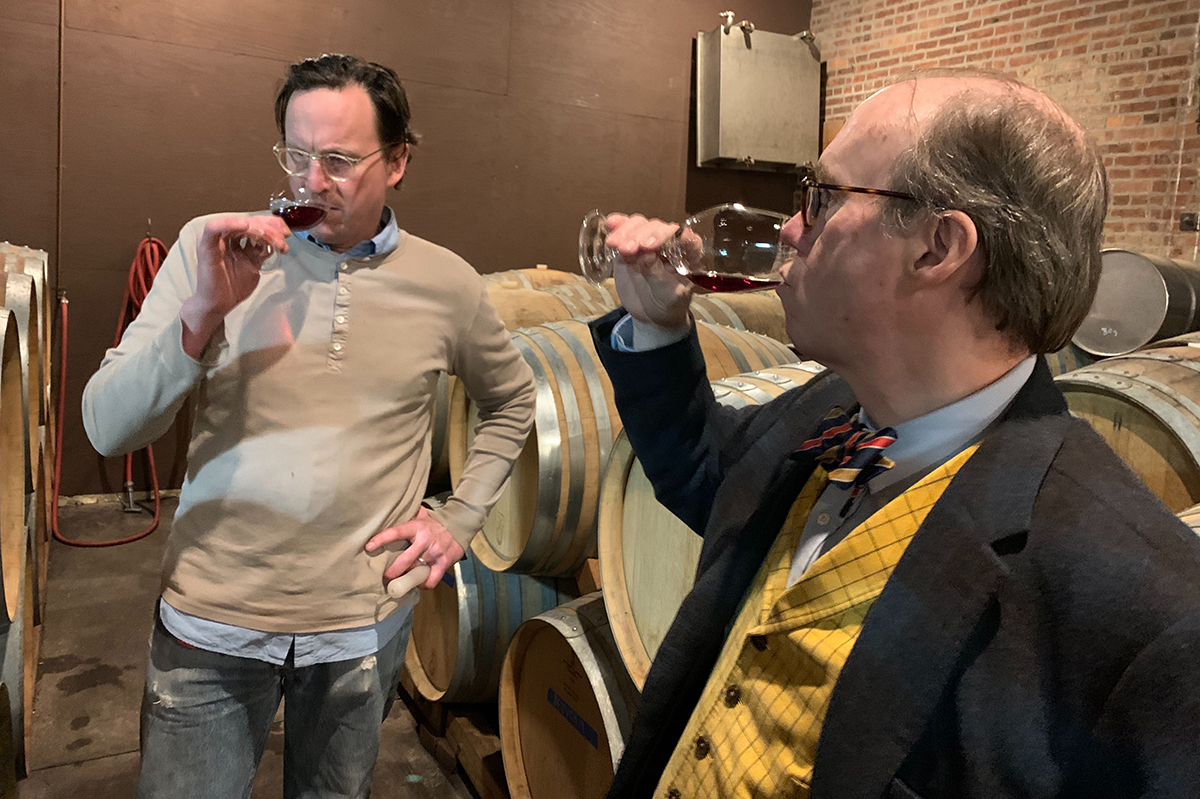
And the tasting room is a welcoming, gemütlich mélange of brick and glass and wood. What Wordsworth said of poetry — that it was ‘emotion recollected in tranquility’ — is true of Red Hook as well. The hundreds of corks arranged in various patterns around the shop are so many mementos of past pleasures. The wines we tasted retail for between $30 and $40. Other Red Hook wines seem to range from about $20 to about $50. You can order from their website at redhookwinery.com, but if at all possible I recommend a visit to Suite 325a on Pier 41 at what was once the Brooklyn Navy Yard.
This article is in The Spectator’s March 2020 US edition.



